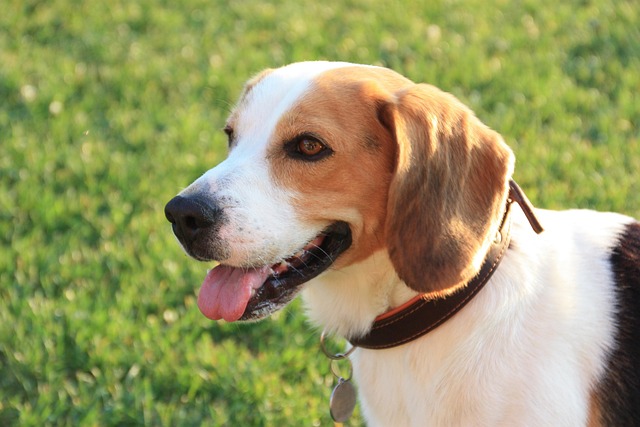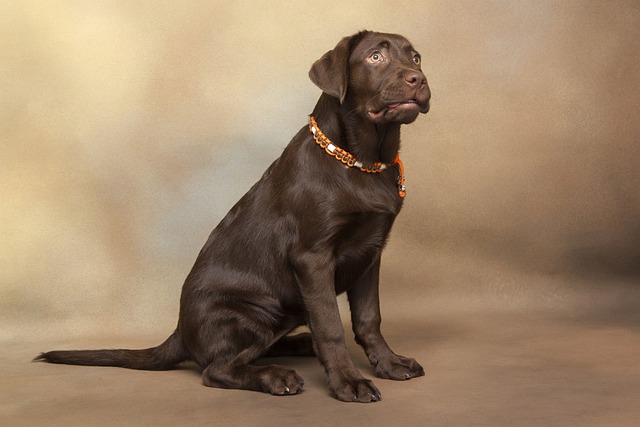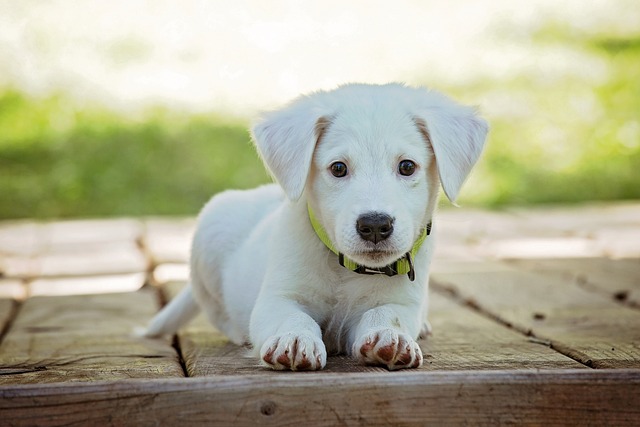
how to keep my dog hydrated when sick
You're curled up on the couch with Buddy, your usually energetic Lab mix. He feels warm, his nose is dry, and he just sniffed indifferently at his water bowl – again.
Picture coming home to find your coffee table chewed to splinters, your curtains shredded, and your Beagle trembling by the door—panting like they’ve chased a rabbit for miles. These aren’t just acts of mischief; they’re classic signs of severe separation anxiety. Let’s dig into why our four-legged friends panic when we step out.
Dogs thrive on routines as reliable as clockwork. A new remote job schedule, sudden business trips, or even shifting evening walk times can spark distress. Rescue dogs often carry extra baggage—their past experiences make them hyper-sensitive to change. One day you’re sharing breakfast; the next, your empty spot at the table feels like a betrayal.
The puppyhood window (3-14 weeks) is make-or-break for independence. Puppies who don’t learn to relax alone during this phase often grow up anxious. Sheltered pups or those separated from littermates too early? They’re like kids thrown into high school without ever attending elementary—totally unprepared for solitude.
Traumatic goodbyes leave deep pawprints. Being surrendered to a shelter, a caregiver’s sudden disappearance, or even moving to a new home can trigger fears. Imagine if every time you grabbed your keys, your dog thought you might never return—no wonder they freak out at the jingle of a car key.
Some breeds are genetically hardwired to stick close. Working breeds like Australian Shepherds or Belgian Malinois, bred to collaborate with humans, view separation as a breakdown in their life’s mission. It’s not clinginess—it’s ancient programming telling them to stay glued to their pack leader.

Dogs read our energy better than we read theirs. Rushing around shouting “I’m late!” while grabbing your coat? Your dog picks up on that stress like a sponge. Over-the-top goodbyes send mixed signals: “I’m leaving, but this is a huge deal.” Even your pre-departure jitters seep into their world, turning a quick errand into a soap opera.
Before blaming behavior, play detective with your vet. Thyroid issues or cognitive decline in seniors can mimic anxiety. A friend’s Poodle once “destroyed” pillows only when her arthritis flared—she was self-soothing, not acting out. Always rule out medical causes first.
In many European countries, leaving dogs alone is a legal matter. Germany’s Animal Welfare Act requires regular check-ins, while France fines owners who leave pets unattended for too long. In the US, cities like Chicago mandate pet sitters for extended workdays. Knowing local laws isn’t just about avoiding fines—it’s about keeping your dog mentally safe.
Our non-stop modern lives clash with canine instincts. Post-pandemic work shifts, frequent travel, or even WFH burnout disrupt their pack mentality. Dogs evolved to live in groups, so solo days in a studio apartment feel like being banished from the pack. No wonder city dogs often show worse symptoms.
Here’s a tricky truth: we sometimes fuel their panic without realizing it. Cooing “Oh poor baby!” when you come home to a whining dog rewards the behavior. Racing to clean up destroyed items immediately teaches them that chaos brings you back. It’s like accidentally training them to freak out when you leave.
Helping your dog starts with tiny steps. Leave for 5 minutes, return calm, repeat. A Kong filled with frozen peanut butter turns alone time into a treasure hunt. For severe cases, a certified dog behaviorist can craft a plan—because your dog’s distress isn’t naughtiness—it’s a cry for security. With patience, you can rebuild their confidence one small absence at a time.

You're curled up on the couch with Buddy, your usually energetic Lab mix. He feels warm, his nose is dry, and he just sniffed indifferently at his water bowl – again.

Picture this: You’re scanning a wall of kibble bags at your local PetSmart, trying to choose for your rescue Boxer, Bella. "Salmon recipe!" "Farm-raised chicken!"

Bringing a Labrador into your home is like welcoming a bundle of boundless energy and unconditional love. But before you commit, it's crucial to ensure you're getting a purebred Labrador.

What vitamins should be given to dogs? If you’ve ever stared at the supplement aisle in a pet store, wondering which tiny pills or powders your pup really needs

You’re chopping sweet potatoes for dinner when your German Shepherd, Duke, stares at you with those soulful eyes. You wonder: Could homemade meals solve his dull coat and energy slumps?

What is the best diet for a dog with allergies? If you’ve watched your pup scratch until their paws are raw, or noticed red, irritated skin that won’t heal, you know how frustrating allergies can be.